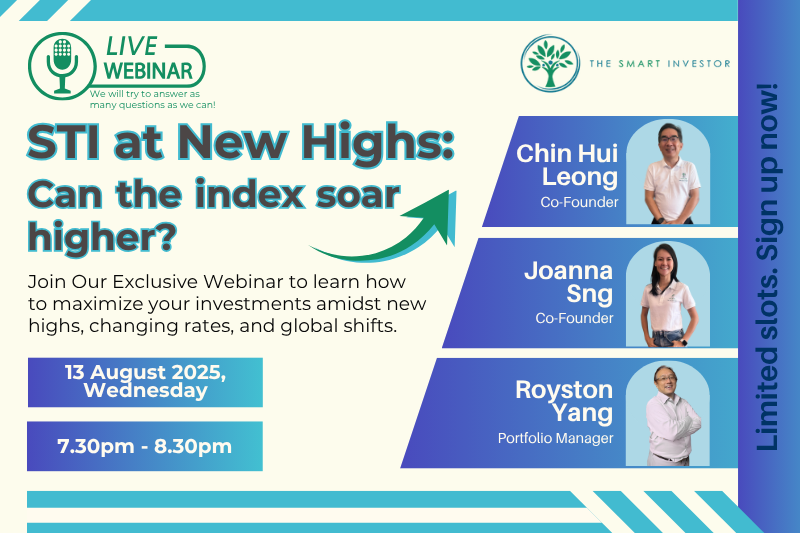Welcome back to this series where we explore biases as revealed in Rolf Dobelli’s excellent book “The Art of Thinking Clearly”.
In case you missed them, here are the links to the first to sixth parts.
Part 1 – click HERE
Part 2 – click HERE
Part 3 – click HERE
Part 4 – click HERE
Part 5 – click HERE
Part 6 – click HERE
Let’s explore three more biases which could trip us up and severely impair our investment decision-making process.
Omission bias
This bias tells our brains that being passive is often preferred to being active, even though both may result in similar outcomes.
Omission, therefore, seems to be more acceptable than commission (i.e. making a mistake by undertaking an action).
A simple example can illustrate the difference between omission and commission.
Omission is where you neglected to buy a great company, leaving you holding on to less stellar ones.
Commission, on the other hand, involves actively buying weaker companies to add to your investment portfolio.
Notice that in the above example, the result is the same – the investor is still stuck with a bunch of lemons.
However, if he had omitted to take any action (i.e. simply let his portfolio languish), his mind can accept it better than if he actively selected and bought poor companies.
You need to guard against omission bias as sometimes, taking action (to sell away poorly-performing investments) is indeed preferable to just sitting idly by and suffering losses.
Self-serving bias
This is an extremely pervasive bias among investors as many of them tend to attribute failure to external events and success to themselves.
Most of the time, the truth is that failure is the sole result of poor investment decisions made, while success may be due to a series of random events rather than the innate skill of the investor.
To be fair, each investment case has to be evaluated on its own merits.
Hence, we cannot make a sweeping statement or pass judgement so easily or simply.
But the problem with the self-serving bias is that it blinds investors to their faults, which then leads to behaviours that are not corrected.
Remember that documenting your investment mistakes is just a first step towards eliminating self-serving bias.
The next step will be for the investor to acknowledge his fallibility and to take responsibility for poor investment decisions made.
Association bias
This bias means that we tend to associate bad news with the bearer of the bad news, even though they are two separate things.
Thus, investors and CEOs end up only hearing the good stuff as no one likes to be the bearer of bad news.
The tendency to do so distorts reality because investors who hear only good news tend to underestimate risks or be blind to their existence, simply because no one can bear to be associated with the bearer of bad news.
So, remember, the next time you seek news updates on a company, specifically instruct your friend to tell you the bad news first!
Our beginner’s guide to investing is finally here! Many investors took years to understand the principles inside, but you can have it all in one afternoon. If you have just started investing, download our free guide today so you can catch up quickly. Click here to download now.
Follow us on Facebook and Telegram for the latest investing news and analyses!
Disclosure: Royston Yang does not own any of the companies mentioned.




